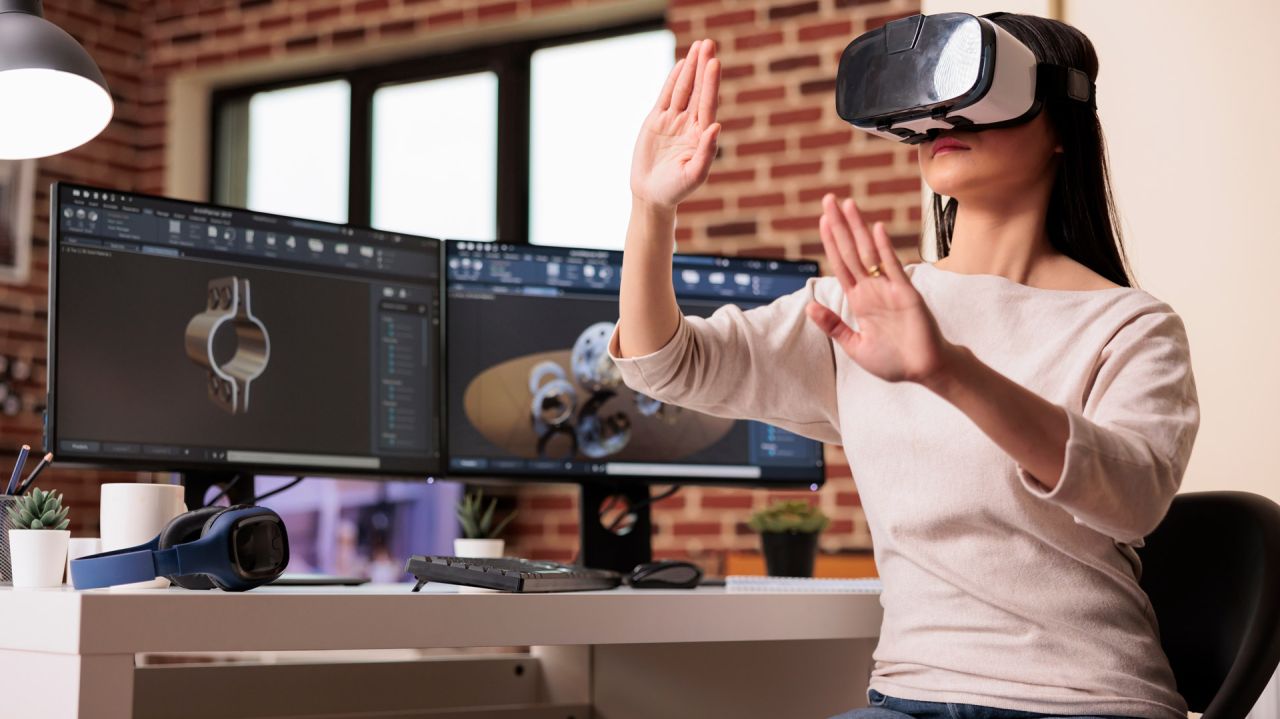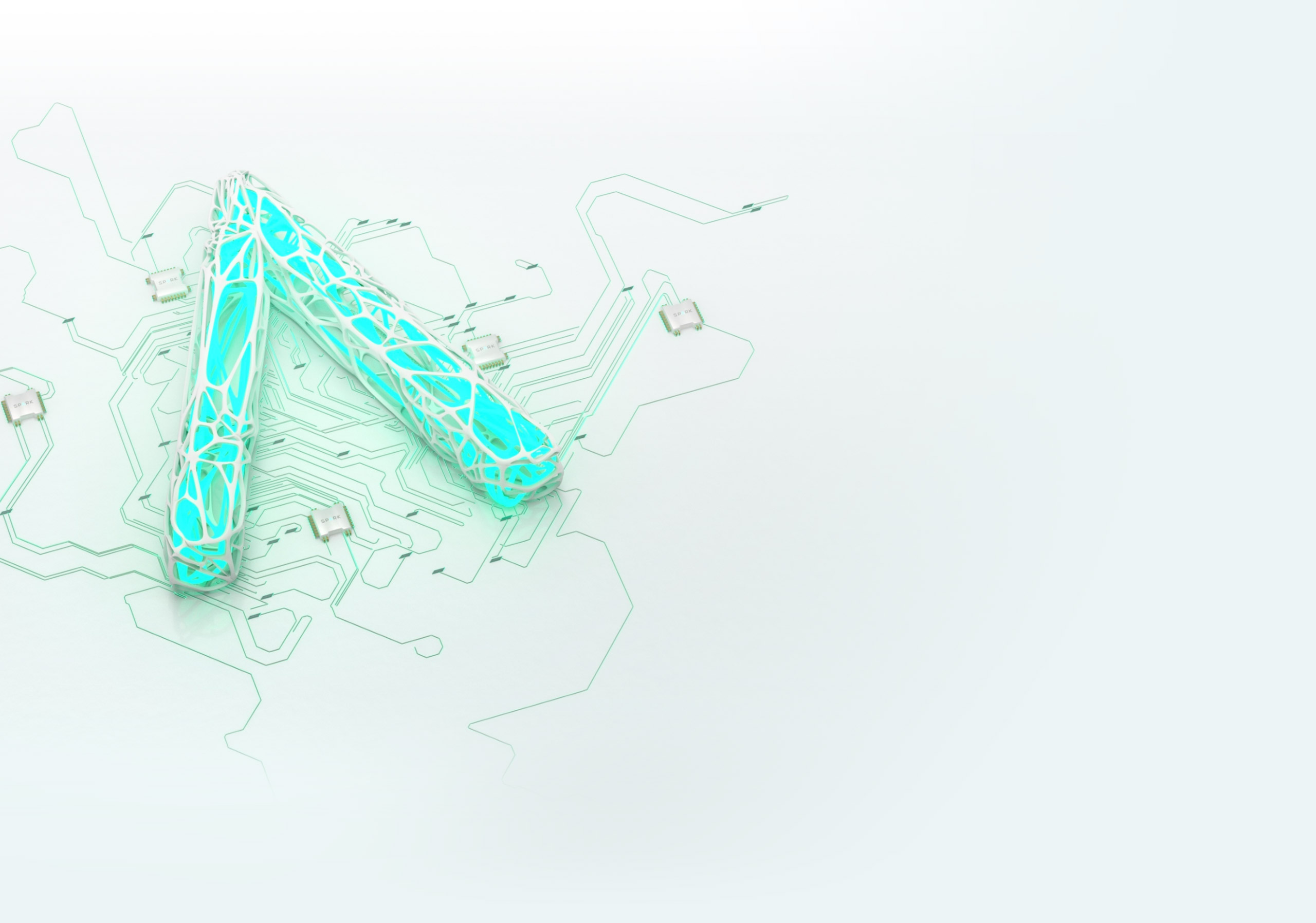Material Simulation VR: Revolutionising Product Development

 Author: Spark Team
Author: Spark Team
Material Simulation VR: Revolutionising Product Development
Introduction to Material Simulation VR
Virtual Reality (VR) is transforming the field of material science by providing immersive and interactive simulation experiences. Material Simulation VR involves using VR technology to simulate the properties and behaviour of materials in a virtual environment, enabling researchers and developers to explore and test materials in ways that were previously impossible. Spark Emerging Technologies is at the forefront of this innovation, offering advanced VR solutions that revolutionise material simulation.
Benefits of Material Simulation VR
Material Simulation VR offers numerous benefits, transforming traditional material testing methods and enhancing product development:
Immersive Visualisation: VR provides realistic and immersive visualisations of material properties, allowing researchers to observe behaviour in a detailed and interactive manner.
Cost Efficiency: VR reduces the need for physical prototypes and extensive laboratory testing, saving time and resources.
Enhanced Accuracy: VR simulations can accurately model material behaviour under various conditions, providing reliable data for product development.
Safe Testing Environment: VR allows for the testing of materials in a controlled and safe environment, eliminating risks associated with real-world experiments.
Faster Iterations: VR enables rapid prototyping and testing of materials, speeding up the product development process.
Real-World Applications of Material Simulation VR
Product Design: VR can simulate the properties of different materials, helping designers choose the best materials for their products.
Stress Testing: VR can simulate stress and strain on materials, allowing engineers to test their durability and performance under various conditions.
Thermal Analysis: VR can model how materials respond to temperature changes, helping researchers understand their thermal properties.
Chemical Reactions: VR can simulate chemical interactions between materials, aiding in the development of new compounds and composites.
How Spark Emerging Technologies is Leading the Way
At Spark Emerging Technologies, we are committed to advancing material science through innovative VR solutions. Our Material Simulation VR platform offers powerful, interactive features designed by industry experts. We collaborate with researchers and product developers to ensure our VR solutions meet the highest standards and address the most critical needs.
Solving Problems for Clients
Enhanced Material Visualisation: Our VR solutions provide detailed visualisations for material properties, improving understanding and decision-making.
Cost-Effective Testing: We offer tools that reduce the need for physical prototypes and extensive laboratory testing, saving time and resources.
Accurate Simulations: Our VR platform ensures accurate modelling of material behaviour under various conditions.
Efficient Development Process: Our solutions enable rapid prototyping and testing, speeding up the product development process.
Case Study: Revolutionising Product Design with VR
One of our clients, a leading automotive manufacturer, implemented our Material Simulation VR to enhance their product design process. The result? A 40% reduction in development time and a significant improvement in material selection accuracy. The company reported that VR technology provided them with immersive and accurate simulations, leading to better material choices and faster product development.
The Role of VR in Enhancing Material Simulation
VR plays a crucial role in enhancing material simulation by providing immersive and interactive testing environments. By replicating real-world conditions in a virtual setting, VR allows researchers and developers to explore and test materials more effectively, leading to better product outcomes.
Integration with AI for Advanced Simulation Insights
Integrating VR with AI enhances material simulation by providing advanced data analytics and predictive insights. AI algorithms can analyse simulation data, offering suggestions for improvements and optimising material properties.
Future of Material Simulation VR
The future of Material Simulation VR is promising. As VR technology continues to evolve, we expect even more sophisticated applications that can further enhance material testing and product development. At Spark Emerging Technologies, we are dedicated to staying at the cutting edge of this revolution, continually enhancing our VR offerings to meet the evolving needs of the material science industry.
Integration with Augmented Reality (AR)
Combining VR with Augmented Reality (AR) creates a comprehensive simulation environment that offers the best of both worlds. AR can overlay digital content onto the real world, while VR immerses users in fully virtual scenarios. This hybrid approach enhances the realism and applicability of material simulation.
Conclusion
Material Simulation VR is transforming the landscape of material science by providing immersive and interactive testing environments. With the innovative solutions from Spark Emerging Technologies, researchers and product developers can enhance their material testing processes, improve accuracy, and accelerate product development. Explore our Material Simulation VR solutions today and join us in revolutionising material science.
Contact Us
Interested in learning more about our Material Simulation VR solutions? Contact Spark Emerging Technologies today to schedule a demo or consultation. Our team is ready to help you enhance your material testing and product development with cutting-edge VR technology.


